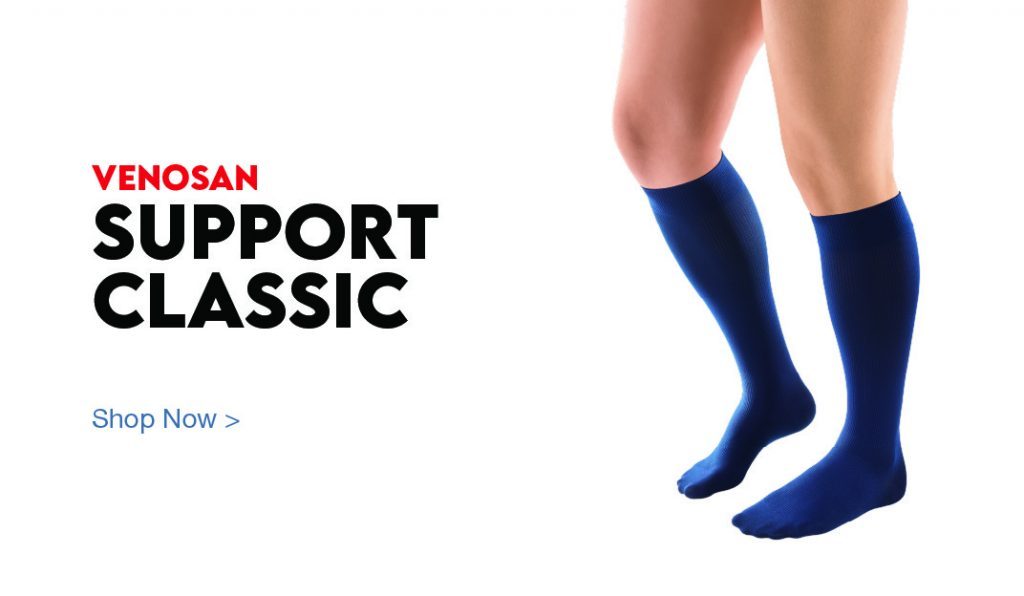Walking on Air: Venosan Compression Socks as a Soothing Solution for Gout
Are Compression Socks Good for Gout?
Yes. Compression socks can help reduce swelling, improve blood flow, and provide relief for people suffering from gout. They are a supportive tool alongside medication, diet, and lifestyle changes.
What is Gout?
Causes of Gout
-
Build-up of uric acid crystals in the joints
-
Diet high in purines
-
Family history and genetic risk factors
Common Symptoms of Gout
-
Severe joint pain – often sudden and intense, usually at night
-
Swelling and redness – inflammation in the affected area
-
Limited movement – stiffness and discomfort impacting daily life
Joints Commonly Affected
-
Big toe (most common)
-
Ankles
-
Knees
-
Other foot joints




